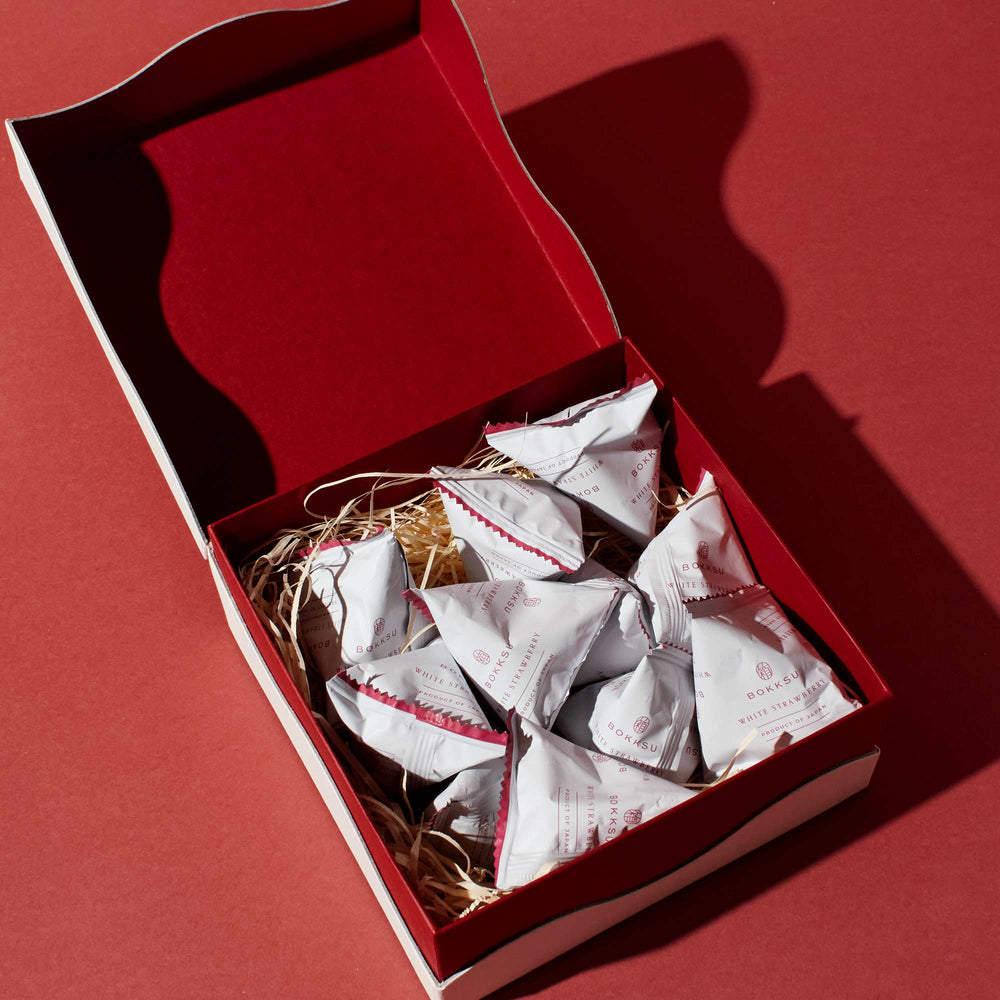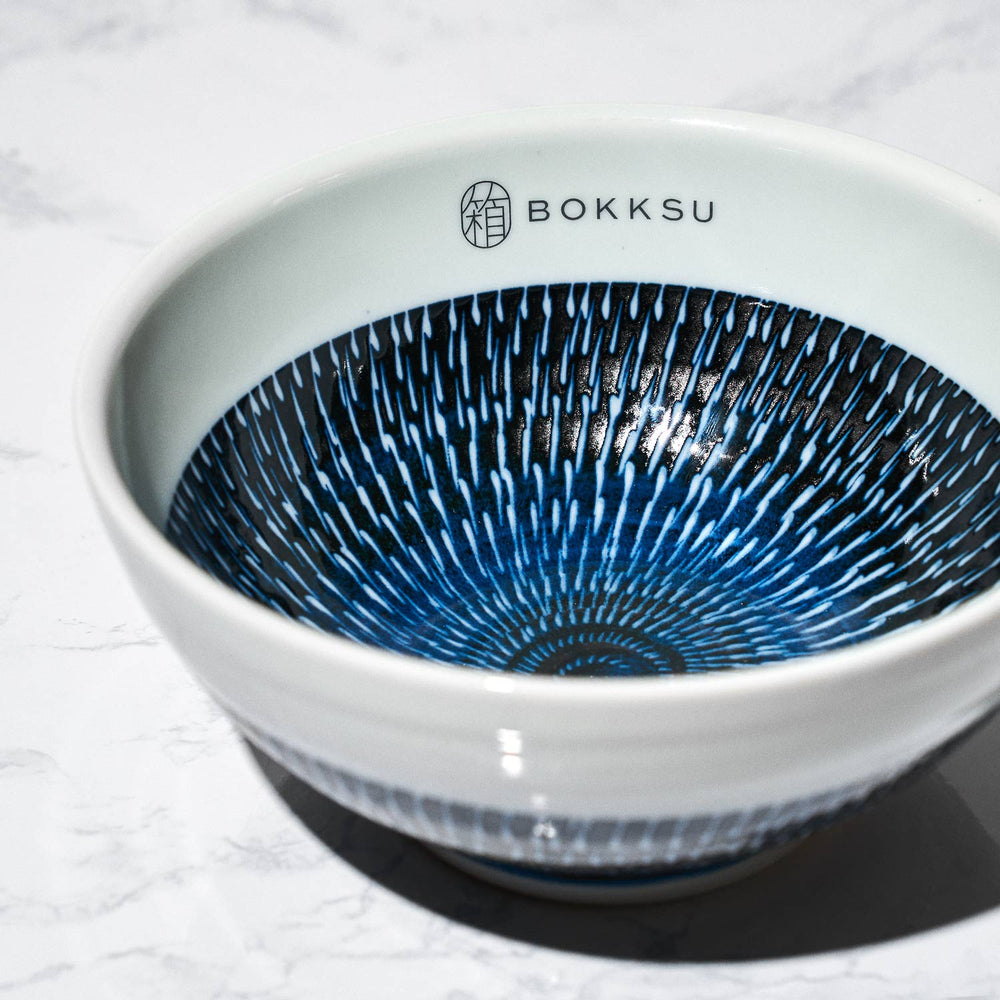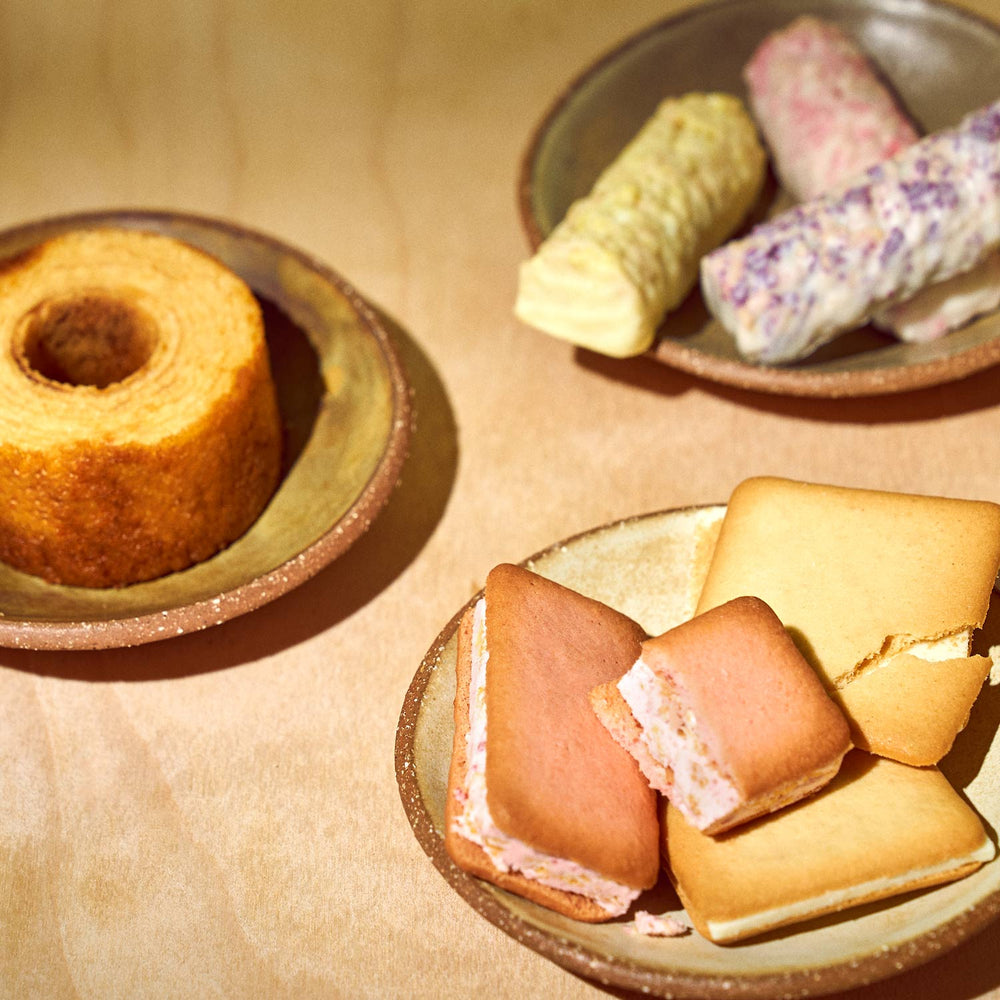Narezushi: The Origins of Japan’s Ancient Sushi Tradition
It’s safe to say that sushi is enjoyed all over the world. However, the global delicacy would not exist without narezushi, Japan’s original version of sushi. This primitive yet endearing dish remains an important part of Japanese cuisine to this day. In this post, we’ll uncover why narezushi is still common in parts of Japan and explore some modern takes on the dish. Let’s get started!
What is Narezushi?

Narezushi is a dish consisting of salt-cured fish and fermented rice. It was introduced to Japan in the 8th century and is generally recognized as the original form of sushi. The term “narezushi” is a Japanese phrase that translates to “matured sushi” in English. This is a reference to the dish’s fermented nature, as its fish may be cured in salt for months or even years. Common narezushi are aged for about a year, but the older, rarer, and more expensive ones are aged for much longer.
As you might have guessed, fermented fish and rice do not produce the most pleasant taste or aroma. In fact, narezushi is notorious for its sour taste and pungent aroma, which can be off-putting for first-timers. However, it has become an acquired taste for millions of people who grew up in Japan.
Unlike sushi, which is a carefully decorated dish of vinegared rice, seafood slices, and vegetables, narezushi is a sliced or unsliced whole fish covered in a yogurt-like sauce.
A traditional narezushi dish can be made with salmon, mackerel, yellowtail, herring, ayu, saury, and sea bream. Each Japanese region makes the dish using common fish found in the local lake or river. Some families even have their own recipes passed down from one generation to another. Hence, narezushi is an important part of Japanese culinary history.
The Origins of Sushi: Narezushi’s Role in Japanese History

The origins of sushi began with the invention of narezushi in Southeast Asia during the 2nd century. At first, narezushi served as a preservation method. Refrigerators weren’t invented back then, so people would salt raw fish and wrap it in fermented rice to prevent spoilage through bacterial growth. The common practice at the time was to throw out the rice and eat only the preserved fish.
Narezushi was introduced to Japan from China in the 8th century. With the incorporation of rice vinegar as a faster fermenting agent in the original recipe, the dish of seafood wrapped in rice served as the framework for modern sushi in Japan. During the Edo period (1603-1868), sushi became famous in the country, and thousands of sushi restaurants opened in Edo (now known as Tokyo). However, the sushi they served was cooked and served in large slices, unlike the ones sold today. Also, people still threw out the rice.
The world attributes the invention of modern sushi to chef Hanaya Yohei. In 1824, he invented nigiri-zushi or nigiri sushi, a variety consisting of hand-pressed vinegared rice topped with seafood. It contained more vinegar, smaller pieces, and less salt than its predecessors. Nigiri-zushi is the most popular type of sushi in modern times.
How Narezushi is Made: The Art of Fermentation

Making traditional Japanese narezushi involves a meticulous fermentation process that could last for several years. We’ll explain how each stage works.
-
Preparing fish: Fresh herring, salmon, or any other fish variety is scaled, gutted, and deboned by the sushi chef.
-
Salt preservation: The whole fish is coated with salt and preserved for weeks, months, or even years. Thanks to the salt, spoilage-causing bacteria will not grow on the cured fish.
-
Rice fermentation: The cured fish is mixed with rice and allowed to ferment with the help of lactic acid. This lacto-fermentation process takes place in a bamboo container or wooden barrel. During the process, the containers are closely monitored and may be heated, cooled, humidified, or stirred based on standard requirements.
-
Serving: When narezushi is ready, the chef will slice it into pieces and arrange them on the fermented rice.
Types of Narezushi: Exploring Regional Varieties

Different styles of narezushi can be found across Japan. They are often made with the local seafood delicacies. Here are some common types:
-
Funazushi (Shiga Prefecture): Funazushi is the most popular type of narezushi. The dish is a local delicacy in Lake Biwa and is made with nigorobuna fish, a wild goldfish found in the lake. Many families living in Shiga Prefecture have crafted their own funazushi recipes. The nigorobuna fish used in the funazushi is often preserved for years, and the oldest one has been fermenting for 100 years.
-
Izushi (Niigata and Hokkaido Prefectures): Izushi is a type of narezushi made using a special preparation method. Famous in Murakami City, the dish has a unique fermentation process. Rice used to ferment the salt-cured fish is seasoned with rice vinegar, salt, and sugar. It’s also packed into rectangular or square shapes and topped with fresh seafood or vegetables. In Hokkaido, izushi is made using locally sourced atka mackerel.
-
Heshiko-naresushi (Fukui Prefecture): Mackerel is a local delicacy in Obama City, thanks to the existence of Wakasa Bay. People in the city and its surrounding areas use it to make heshiko-naresushi, a type of sushi dish made with the same preparation methods as two local delicacies. The first form of the dish is heshiko, made by marinating mackerel in salt before pickling it in more salt and some rice bran for a year or more. Sometimes, red pepper is used in place of salt for the pickling. The second form is naresushi, which is made by washing the heshiko and stuffing it with rice before marinating it in a barrel for some weeks. In Hokuriku region and nearby areas, heshiko-naresushi is used as a special New Year offering to Shinto gods.
The Unique Taste of Narezushi: What to Expect

Narezushi has a strong, tangy, and umami-rich taste. No doubt, it’s not for everyone. However, it appeals to adventurous eaters who crave a taste of Japanese culinary history. The fermented rice gives the dish a slightly sweet flavor.
Due to its strong taste, even lovers of narezushi do not eat it every day but during family meetings, festivals, and other special occasions. Narezushi’s smell is just as strong and pungent as its taste. Hence, some people might not feel comfortable around it. Whether you like the taste or not, you don’t have to worry about safety because the dish is healthy and free of bacteria when prepared by professionals.
From Preservation to Cuisine: Narezushi’s Journey

Initially, narezushi was nothing but a preservation technique for fresh fish. There were no refrigerators, so people came up with a practical dish that used salt and fermented rice to preserve raw seafood. Eventually, the fish would be eaten raw and the smelly, fermented rice discarded.
Centuries after narezushi was invented, people began to include rice vinegar to speed up the rice fermentation. The new method preserved the fish and maintained the strong smell, but reduced how long it took to prepare the dish. After a while, they began to enjoy partially fermented fish with sushi rice, leading to the invention of modern sushi. Today, ancient sushi enthusiasts still enjoy narezushi, although it has become a rare delicacy with many regional styles.
Modern Takes on Narezushi: Fusion with Contemporary Sushi

These days, chefs and restaurants are reimagining narezushi for modern palates while staying true to its roots. For example, they infuse it with risotto, pair it with wine, or top it with bruschetta.
While traditional narezushi was made with whole fish of large sizes, modern versions often use smaller fish and roe (or eggs) of fish. They may also use parts of fish like toro (fatty tuna belly) in Japanese sushi and sashimi dishes. Other modern recipes boost fermentation and flavor depth by adding koji, a mixture of cooked rice and Aspergillus oryzae mold.
These newer versions also use the same seasonings and garnishes as contemporary sushi. They may be flavored with alcoholic beverages like sake or topped with vegetables such as daikon radish, nori seaweed, and carrots. Soy sauce, wasabi, and traditional spices may also feature in the recipes. However, chefs are careful not to overwhelm the dish with too much soy sauce. Other modern ways to enjoy narezushi are to pair it with ochazuke (green tea over rice), crispy vegetable tempura (batter-coated and deep-fried ingredients), or sushi rolls.
Trying Narezushi: Where to Find It in Japan

You will find narezushi in both traditional and modernized sushi places, including conveyor belt sushi restaurants. Below are our vetted recommendations for experiencing authentic narezushi in Japan. Enjoy!
-
Korian: This is a popular lakeside restaurant located in Takashima City, Shiga. It offers funazushi made with fish caught in the nearby Lake Biwa.
-
Narezushi no Wako: The restaurant serves some of the best Wakayama-style narezushi in the world.
-
Ganso Sakamotoya: Located in Otsu City, the restaurant has been around since the Edo period. It uses ancient methods to make authentic funazushi.
Savoring Tradition: Why Narezushi Matters Today

Although the modernized form of sushi seems to have taken all of the buzz of late, traditional dishes like narezushi are preserving Japan’s food heritage. It remains a valuable source of nourishment and a dish reserved for cultural events in the country.
Connect your loved ones to Japanese culture by getting the perfect gifts. Check out our collection of gift boxes and other noteworthy items on Bokksu Boutique. Our offerings range from snacks to souvenirs for every occasion.
Author Bio





























